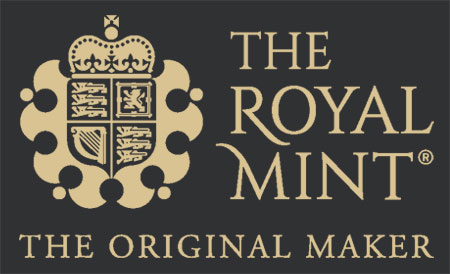- The Guild of Taxidermists
- Crafts Council – Jazmine Miles Long – https://www.craftscouncil.
org.uk/learning/craft-careers/ craft-career-how-jazmine- miles-long-became-taxidermist - Crafts Council – How to become a taxidermist – https://www.craftscouncil.org.
uk/learning/craft-careers/how- become-taxidermist - NatSCA – What is Taxidermy? – https://natsca.blog/2023/08/
24/what-is-taxidermy-an- intimate-relationship-between- death-and-maker/ - Community Taxidermy Mentorship Facebook Group – https://www.facebook.com/
groups/taxidermymentorship/






